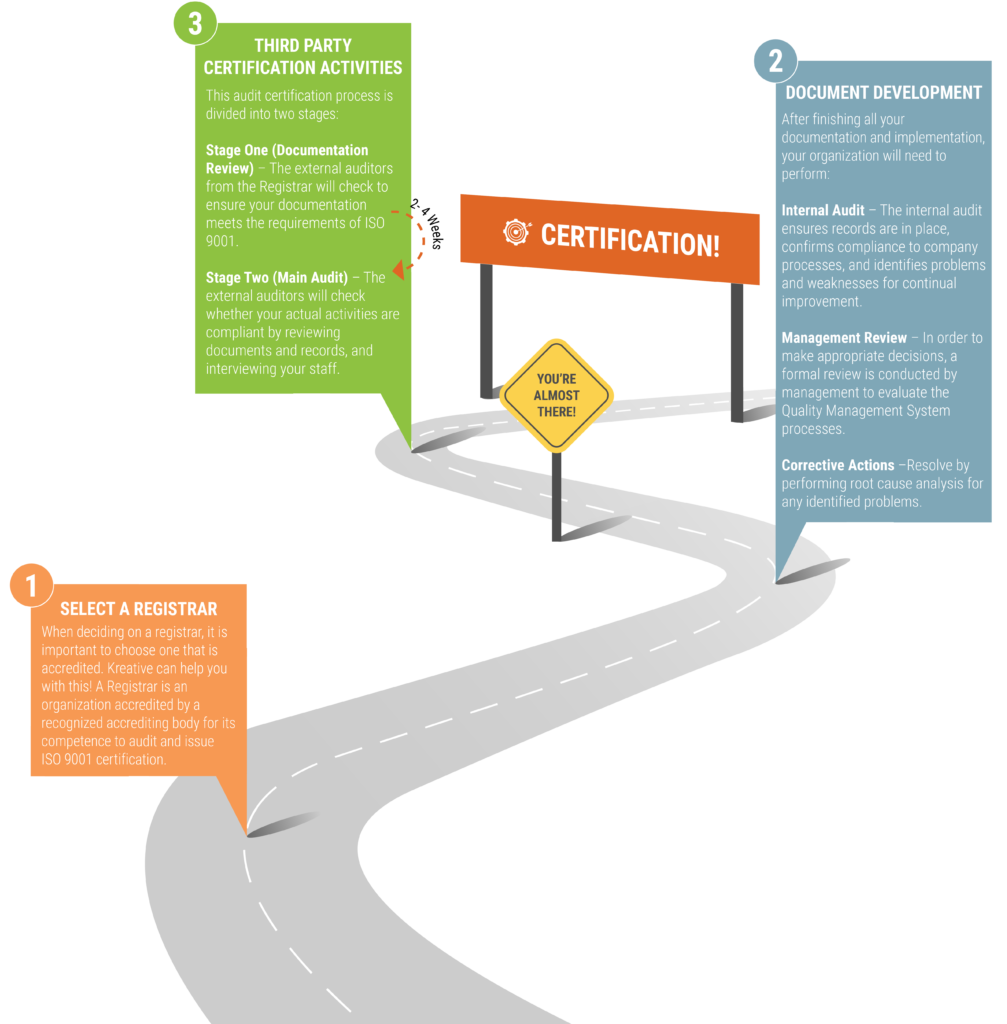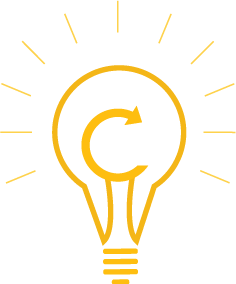Home | Our Services
Request a FREE Consultation here:
MORE ON QUALITY CERTIFICATION:
CMMI SVC
Why is CMMI SVC good for your organization?
The service industry is a significant driver for worldwide economic growth — 80% of the world’s business is service-based. However, without a strong service delivery strategy, it’s easy to over-promise and under-deliver. Many organizations lack the ability to react quickly to incidents that impact service delivery, leading to time delays, cost overruns, and failure to meet customer expectations.
CMMI Services is an integrated set of best practices that improves an organization’s capability to efficiently and effectively deliver quality service offerings that meet market and customer needs.
What are the requirements for CMMI SVC 2.0 model?
Service Delivery Management (SDM) – The intent of Service Delivery Management (SDM) is to deliver services and manage the service delivery system. The value if the SDM is to increase customer satisfaction by delivering services that meet or exceed customer expectations.
Strategic Service Management (STSM) – The intent of Strategic Service Management (STSM) is to develop and deploy standard services that are compatible with strategic business needs and plans. STSM increases likelihood of meeting business objectives by aligning standard services with customer needs.
Supplier Agreement Management (SAM) – The intent of Supplier Agreement Management is to establish an agreement with selected suppliers, ensure that the supplier and the acquirer perform according to the terms over the course of the agreement, and evaluate the supplier’s deliverables. SAM Provides an explicit understanding between the acquirer and supplier to maximize the success of agreed-on efforts to deliver a supplier deliverable.
Estimating (EST) – The intent of Estimating (EST) is to estimate the size, effort, duration, and cost of the work and resources needed to develop, acquire, or deliver the solution. EST provides a basis for making commitments, planning, and reducing uncertainty, which allows for early corrective actions and increases the likelihood of meeting objectives.
Monitor and Control (MC) – The intent of Monitor and Control (MC) is to provide an understanding of the project progress so appropriate corrective actions can be taken when performance deviates significantly from plans. The MC increases the probability of meeting objectives by taking early actions to adjust for significant performance deviations.
Planning (PLAN) – The intent of Planning (PLAN) is to develop plans to describe what is needed to accomplish the work within the standards and constraints of the organization, including the:
Planning optimizes cost, functionality, and quality to increase the likelihood of meeting objectives.
Requirements Development and Management (RDM) – The intent of Requirements Development and Management (RDM) is to elicit requirements, ensure common understanding by stakeholders, and align requirements, plans, and work products. RDM ensures that customers’ needs and expectations are satisfied.
Verification and Validation (VV) – Verification and validation (VV) includes activities that:
Verification and validation of selected solutions and components throughout the project increases the likelihood that the solution will satisfy the customer.
Process Quality Assurance (PQA) – The intent of Process Quality Assurance (PQA) is to verify and enable improvement of the quality of the performed processes and resulting work products. PQA increases the consistent use and improvement of the processes to maximize business benefit and customer satisfaction.
Peer Reviews (PR) – The intent of Peer Review (PR) is to identify and address work product issues through reviews by the producer’s peers or Subject Matter Experts (SMEs). Peer reviews reduce cost and rework by uncovering issues or defects early.
Causal Analysis and Resolution (CAR) – The intent of Causal Analysis and Resolution is to identify causes of selected outcomes and take action to either prevent recurrence of undesirable outcomes or ensure recurrence of positive outcomes. Addressing root cause issues eliminates rework and directly improves quality and productivity.
Decision Analysis and Resolution (DAR) – The intent of Decision Analysis and Resolution (DAR) is to make and record decisions using a recorded process that analyzes alternatives. DAR increases the objectivity of decision making and the probability of selecting the optimal solution.
Configuration Management (CM) – The intent of Configuration Management (CM) is to manage the integrity of work products using configuration identification, version control, change control, and audits. CM Reduces loss of work and increases the ability to deliver the correct version of the solution to the customer.
Risk and Opportunity Management (RSK) – The intent of Risk and Opportunity Management (RSK) is to reduce loss of work and increase the ability to deliver the correct version of the solution to the customer. RSK mitigates adverse impacts or capitalizes on positive impacts to increase the likelihood of meeting objectives.
Incident Resolution and Prevention (IRP) – The intent of Incident Resolution and Prevention (IRP) is to resolve and prevent disruptions promptly to sustain service delivery levels. IRP minimize the impact of disruptions to meet objectives and customer commitments more effectively.
Continuity (CONT) – The intent of Continuity (CONT) is to plan mitigation activities for significant disruptions to business operations so that work can continue or resume. CONT enables continued operation when serious disruptions or catastrophic events occur.
Process Asset Development (PAD) – The intent of Process Asset Development (PAD) is to develop and keep updated the process assets necessary to perform the work. PAD provides a capability to understand and repeat successful performance.
Process Management (PCM) – The intent of Process Management (PCM) is to manage and implement the continuous improvement of processes and infrastructure to:
PCM ensures that processes, infrastructure, and their improvement contribute to successfully meeting business objectives.
Governance (GOV) – The intent of Governance (GOV) is to provide guidance to senior management on their role in the sponsorship and governance of process activities. Governance minimizes the cost of process implementation, increases the likelihood of meeting objectives, and ensures that the implemented processes support and contribute to the success of the business.
Implementation Infrastructure (II) – The intent of Implementation and Infrastructure (II) is to ensure that the processes important to an organization are persistently and habitually used and improved. II sustains the ability to consistently achieve goals and objectives efficiently and effectively.
Organizational Training (OT) – The intent of Organizational Training (OT) is to develop the skills and knowledge of personnel so they perform their roles efficiently and effectively. OT enhances individuals’ skills and knowledge to improve organizational work performance.
CMMI SVC - Road to Appraisal!

Why Kreative?
WE WORK IN PARTNERSHIP WITH YOU
WE USE AN INNOVATIVE APPROACH


Kreative will work with you to set up document and database repositories to organize your business assets, providing easy access for everyone in your organization, as well as external auditors who will review these assets as part of the certification process.

Kreative understands the substantial effort and cost associated with preparing for external certifications and assessments. Our kARM tool allows an organization to organize according to each model but also, more important leverage its assets to satisfy the various requirements. For example, both the ISO and CMMI models focus on Project Management and your organization’s Project Management assets can be linked within the tool, saving you time, effort, and cost.
